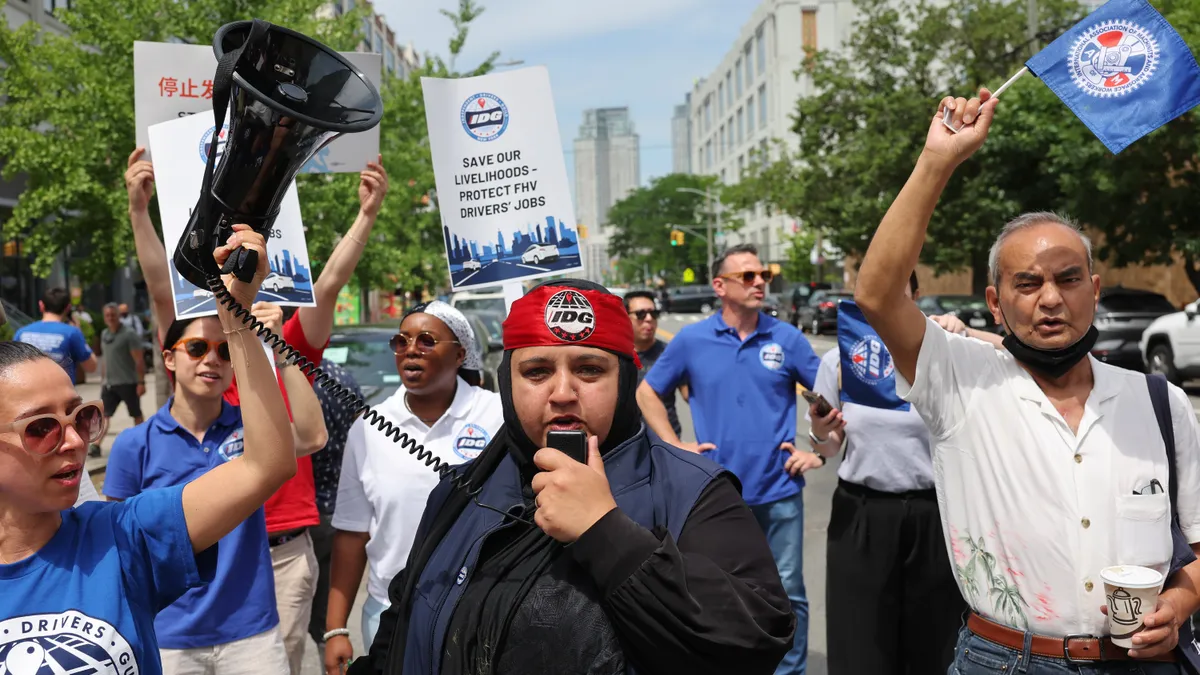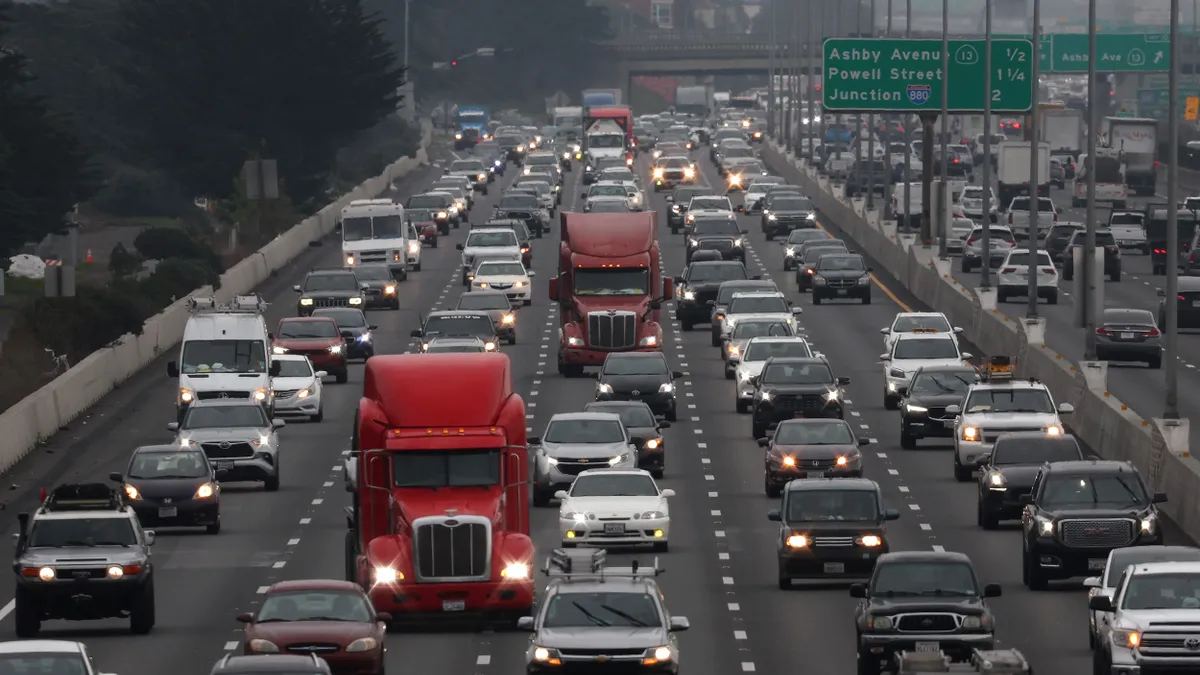Both Uber and Lyft reported substantial growth of their respective mobility services and revenues in the second quarter of 2024, as earnings were announced this week. While the competitors use different metrics, Uber said a combination of ride-hailing and delivery trips globally grew 21% year-over-year in the quarter, while Lyft reported a 15% increase in rides, which includes ride-share, bike and scooter rides. Neither company breaks out data for the U.S.
While direct comparisons between Uber and Lyft are difficult to make due to the different ways each count rides, Uber dominates the global market with 2.8 billion ride-hailing and delivery trips compared to 205 million for Lyft ride-hailing and micromobility rides in the most recent quarter.
Neither CEO feared a consumer recession or slowdown as some economic forecasts predict. “We might be seeing it in some of the Western markets, we might not, it's very difficult to tell,” said Uber CEO Dara Khosrowshahi on Uber’s Aug. 6 earnings call with analysts. But he pointed out that in a weaker job market, more people sign up as drivers. That leads to better service “and as a result, volumes typically turn out to be quite sticky,” he said.
Lyft CEO David Risher also dismissed recession concerns. “I think maybe people are a little attuned to pick up bad news,” he said. “But frankly, we see people go into concerts and events and so forth and so on. So, there’s sort of things that people do when they're actually feeling pretty good about their prospects.”
Ride-hailing future: EVs and robotaxis
Both Uber and Lyft CEOs outlined their strategies for growing electric vehicles in their fleets and deploying autonomous vehicles as robotaxis.
Uber announced July 31 that it plans to add 100,000 electric vehicles to global markets, beginning with Europe and Latin America. The program is a partnership with BYD, a publicly traded company headquartered in Shenzhen, Guangdong, China. Those vehicles are unlikely to come to the U.S. in the near term, as they are subject to a 27.5% tariff. Former President Donald Trump plans to raise that tariff to 100% if elected to a second term.
Lyft aims for 100% of its vehicles to be electric by the end of 2030. The company also has plans to expand its use of autonomous vehicles. “AVs represent an enormous opportunity for Lyft,” Risher said. He said the company has counted over 130,000 autonomous vehicle rides so far in Las Vegas and other cities, “and we are just getting started.”
Khosrowshahi foresees a blend of human drivers and self-driving cars. “We think kind of a hybrid network that consists of both humans and robots can handle the peaks and valleys much more effectively than a pure-play network,” he said.
Driver pay and classification
In recent years, ride-share companies have been embroiled in policy debates over how they should treat their gig workers. The California Supreme Court in July upheld a 2020 ballot initiative known as Proposition 22 that enabled Uber, Lyft and similar platforms to classify their workers as independent contractors instead of employees. The ruling was a win for gig-worker companies, which spent over $200 million in support of the ballot measure, which passed by 58%.
Meanwhile, two states established minimum-wage laws for ride-hail drivers. Uber and Lyft had threatened to abandon the Minneapolis market after the city council passed an ordinance in March to establish minimum pay for drivers, but the companies agreed to honor a wage law passed by Minnesota state lawmakers that was lower than the Minneapolis ordinance.
In June, both ride-hailing companies settled a state lawsuit alleging violations of Massachusetts wage and hour laws, agreeing to pay a minimum of $32.50 per hour.
But some Uber and Lyft drivers in New York City are not happy even after a settlement over driver lockouts, which occur when the ride-hail companies restrict driver access to their apps during times when they feel too many drivers are active. In the July 31 agreement with the New York City Taxi and Limousine Commission, Uber said it would immediately begin phasing out such restrictions with the goal of ending them by Labor Day if Lyft keeps its annual utilization rate — the time a working driver is actively servicing a passenger — at 50% or above. Both companies agreed to pause adding new drivers to their apps in the city.
But Bhairavi Desai, co-founder and executive director of the New York Taxi Workers Alliance, said in a July 31 email statement, “This agreement isn’t a ‘compromise,’ it's a corporate give-away.” Desai added that the organization would continue to protest until the lockouts end, “all the loopholes are closed, and every driver is paid for every hour worked, at a rate that honors their labor and their expenses.”
Correction: A previous version of the story did not include full names and titles for the two CEOs.




















